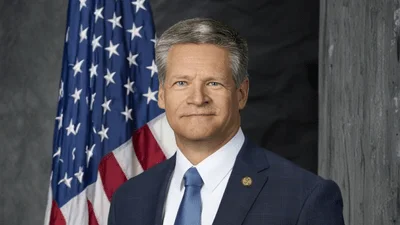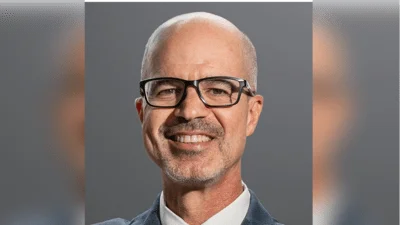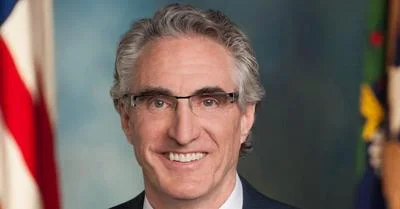WASHINGTON - Today, Energy Secretary Ernest Moniz recognized the Administration’s Better Buildings Challenge partners for the first year’s progress toward our goal of making American commercial and industrial buildings 20 percent more energy efficient by 2020. Today’s announcement builds upon Secretary Moniz’s first speech as Secretary at the 2013 Energy Efficiency Global Forum yesterday which focused on his commitment to saving energy.
New data submitted by the Challenge partners shows that they have improved facility energy efficiency by more than 2.5 percent per year on average compared to their baseline years, equal to about $58 million in annual energy savings. These efforts support President Obama’s broader goal of doubling American energy productivity by 2030.
“President Obama’s Better Buildings Challenge is bringing together private industry and government to integrate energy efficiency into regular business planning and operations, saving millions of dollars by reducing energy waste," said Energy Secretary Ernest Moniz. "The leadership and investments of our Better Buildings partners are demonstrating the promise of energy efficiency by reducing energy costs, helping to create American jobs and increasing competitiveness in the private sector."
Each year, the United States spends about $200 billion just to power commercial buildings - and another $200 billion to power industrial facilities. Together, commercial and industrial buildings account for roughly half of the nation’s energy use and more than 40 percent of our carbon emissions. In 2011, President Obama launched the Better Buildings Challenge to catalyze revolutionary change in energy use and achieve record-breaking energy bill savings. More than 110 organizations -- including a diverse set of public and private sector partners from local governments, school districts and universities to commercial real estate, healthcare and manufacturing - are partnering with the Energy Department to achieve portfolio-wide energy savings and share successful strategies that maximize efficiency. In addition, the Challenge includes a network of financial and utility allies to assist partners in overcoming financial and data access barriers across the marketplace.
Better Buildings Challenge partners are actively deploying energy efficiency projects across their entire building portfolios and updating data on energy use and energy savings, including more than 7,700 facilities to date. Of these, more than 1,300 have reduced energy intensity by 20 percent or more, while another 2,100 have reduced energy intensity by at least 10 percent since their baseline years. Over the first year of the Challenge, these partners have also completed more than 50 showcase projects that highlight innovative, cost-effective energy saving strategies. Better Buildings Challenge financial allies have also extended more than $1.1 billion in private financing for energy efficiency improvements.
Some examples of pioneering organizations in the Better Buildings Challenge include:
Kohl’s: With a 112 million square foot commitment and more than 1,000 stores in the United States, Kohl’s has achieved a 7 percent reduction in energy intensity since its 2008 baseline year. The Kohl’s showcase project store, located in Niles, Ohio, has achieved a 20 percent reduction in annual energy use by replacing its roof top heating and cooling unit, conducting a lighting upgrade and re-commissioning its energy control systems. The project is helping Kohl’s leverage lessons learned at similar stores around the country.
Legrand: Legrand has committed to a 25 percent reduction in energy intensity across 5 plants, and another 9 non-manufacturing facilities. The company has achieved a 29 percent reduction in energy intensity since its 2009 baseline year. As part of Legrand’s showcase project at its 100-year-old headquarters building in West Hartford, Connecticut, the company has repaired leaks in the facility-wide compressed air system and added additional insulation to existing paint line ovens. Together with other measures, this will lead to an expected savings of more than $120,000 in annual energy costs.
Michigan State University: Michigan State University’s commitment of 20 million square feet includes a wide range of higher education facility types and sizes, from the 380,000 square foot Veterinary Medical Center, to the 190,000 square foot Plant Biology Laboratory building, to multiple 500 square foot storage facilities. Since its baseline year in 2010, the university has achieved a 10 percent reduction in energy intensity, made possible in part through its commitment to submetering as many buildings as possible, and conducting a continuous auditing program of new or newly adjusted systems to ensure efficiency is sustained. Anthony Hall, the university’s showcase project, is the first building at MSU to undergo a complete upgrade process, utilizing the university’s ongoing energy auditing program. Through these efforts, Anthony Hall expects to cut energy use by 34 percent per year and save about $536,000 annually.
See a detailed progress report on the Better Buildings Challenge and find more about the Challenge participants and their energy efficiency projects at energy.gov/betterbuildingschallenge.
Source: U.S. Dept. of Energy, Office of Energy Efficiency & Renewable Energy








